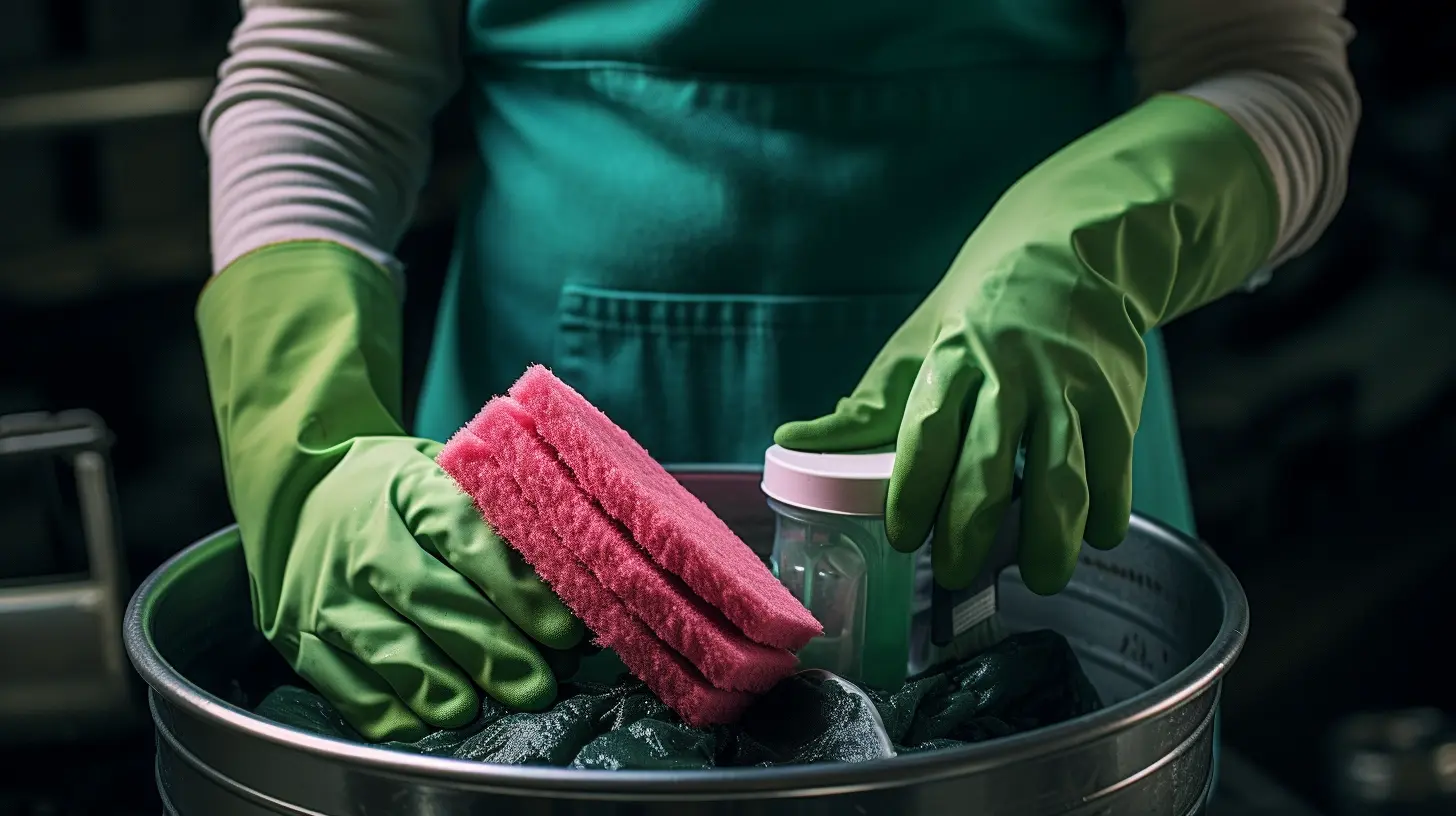Polishing aluminum can transform dull, tarnished surfaces into gleaming, mirror-like finishes. It’s a simple process that requires minimal effort but yields impressive results.
I’ll guide you through the steps and share some insider tips for achieving professional-grade shine at home.
Whether it’s your car rims or household items, learning how to polish aluminum effectively can make a striking difference in their appearance.
From choosing the right polishing compounds to mastering the correct techniques, I’ll cover everything you need to know to achieve that enviable luster on your aluminum surfaces.
1. Understanding Aluminum Polishing Methods
1. Different Results
Aluminum polishing can be done using various methods, each yielding different results.
Some methods may provide a high-gloss finish, while others may focus on removing scratches and imperfections. It’s essential to understand the outcome you want before choosing a polishing method.
Aluminum surfaces vary in characteristics, such as hardness and texture.
For instance, soft aluminum might require a gentler approach to avoid damaging the surface during polishing. On the other hand, hard aluminum can withstand more aggressive polishing techniques to achieve the desired finish.
2. Choosing the Right Method
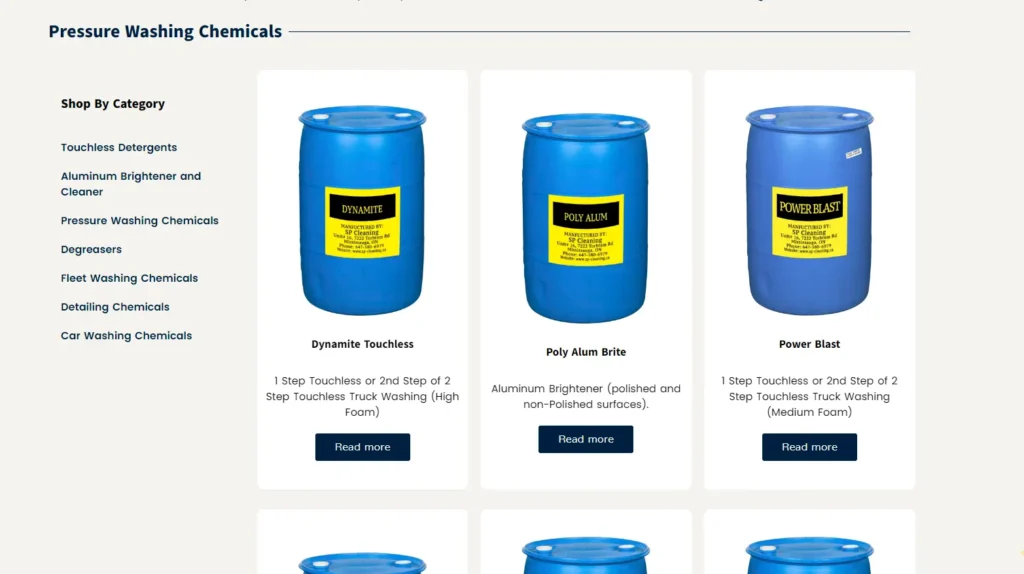
Chemical, mechanical, and electrochemical, as well as pressure washing chemicals, are common methods used for polishing aluminum surfaces.
Chemical methods involve using specific compounds or solutions to dissolve oxidation layers or create a shiny surface.
Mechanical methods rely on abrasives like sandpaper or buffing wheels to physically remove imperfections from the metal’s surface.
Understanding your specific needs and preferences will help you select an appropriate method for achieving your desired result when polishing aluminum surfaces.
2. Best Practices for Cleaning and Preparing Aluminum
1. Thorough Cleaning
Before polishing aluminum, it’s crucial to start with a clean surface.
This means removing any dirt, debris, or grime that may have accumulated on the raw aluminum.
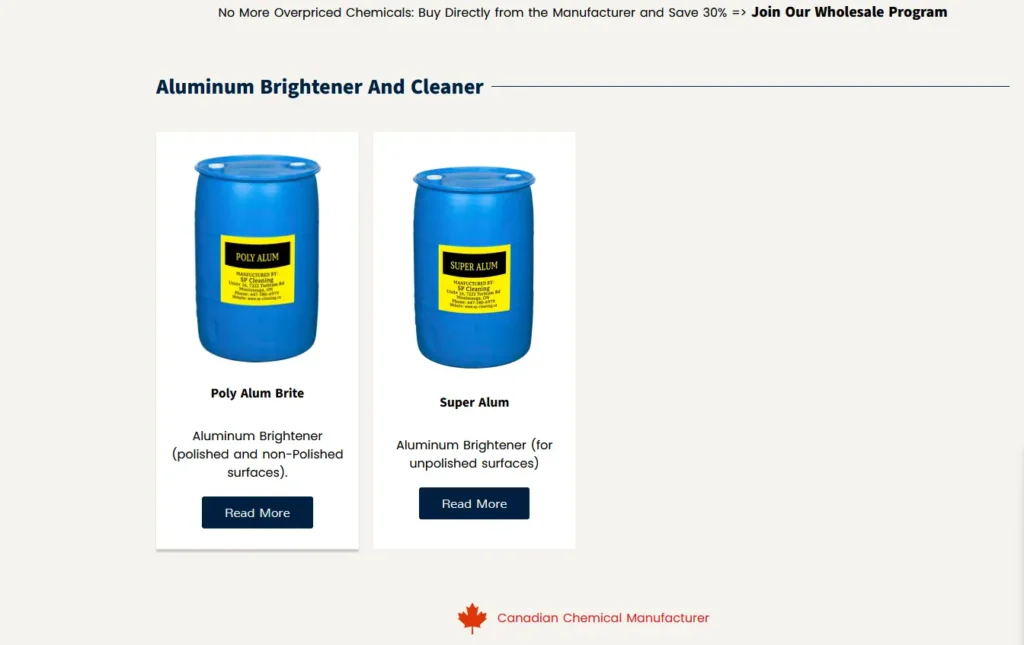
To achieve this, you can use a mild detergent or specialized aluminum cleaner. These products are designed to effectively cleanse the surface without causing damage using pressure washing chemicals.
It’s important to ensure that the cleaning process is thorough. Any remaining dirt or grime can interfere with the polishing process and affect the final result.
After applying the cleaner, use a clean cloth and wipe away any residue until the surface is completely free of impurities.
When I first tried polishing aluminum parts for my bike, I didn’t realize how essential it was to thoroughly clean them beforehand.
Once I started paying more attention to this step, I noticed a significant improvement in the overall shine and finish.
2. Proper Drying
After cleaning, proper drying of the aluminum is equally important in preparing it for polishing.
Inadequate drying can lead to water spots and stains, which will detract from the final polished look you’re aiming for.
To avoid this issue, use a separate clean cloth to meticulously dry off all moisture from the aluminum parts.
One effective technique is using compressed air to blow dry intricate areas where water may accumulate.
Ensuring that there are no residual droplets left behind will contribute to achieving an impeccable finish during aluminum polishing.
3. Choosing the Right Abrasive for Aluminum Sanding
1. Selecting the Grit Size
When sanding aluminum, it’s crucial to choose the right grit size for the sandpaper. The level of imperfections on the aluminum surface determines the appropriate grit size to use.
For instance, if there are visible scratches or rough patches, a coarser grit such as 80 or 120 should be used initially.
On the other hand, when dealing with minor imperfections or aiming for a smoother finish, opting for a finer grit like 240 or higher is more suitable.
Wet Sanding Technique In some cases, achieving an exceptionally smooth finish on aluminum may require using a wet sanding technique with fine-grit sandpaper.
This method involves soaking the sandpaper in water and then gently sanding the aluminum surface in circular motions.
Wet sanding helps prevent clogging of the abrasive material and reduces heat buildup during sanding. It produces a finer finish by gradually smoothing out any remaining imperfections on the metal’s surface.
I find that using finer grit sizes like 400 or above works wonders when I want to achieve a mirror-like shine on aluminum surfaces such as motorcycle parts and kitchenware.
4. Sanding Techniques for Polishing Aluminum
1. Using Coarser Grit Sandpaper
When sanding aluminum, it’s crucial to start with a coarser grit sandpaper, such as 80 or 120. This helps in removing any imperfections and scratches on the surface.
By using even strokes and light pressure, you can gradually smoothen out the aluminum. As you progress, transition to finer grits like 240, 320, and finally 400 or higher for a polished finish.
I remember when I first learned about sanding aluminum;
I was surprised by how starting with coarser grit sandpaper could make such a difference in achieving a smooth surface. It’s essential to be patient and thorough during this process to ensure the best results.
2. Making Even Strokes
When engaging in the sanding process, it’s important to use light pressure while making even strokes across the aluminum surface. This technique prevents creating uneven surfaces or over-sanding specific areas. The goal is to maintain consistency throughout the entire polishing process for a uniform finish.
In my experience, ensuring that I’m making even strokes while applying light pressure has been key to achieving professional-looking results when polishing aluminum.
Taking your time with each stroke pays off in the end by delivering a beautifully polished surface.
3. Regular Progress Checks
Throughout the polishing process, it’s essential to regularly check your progress.
This allows you to assess whether you’re achieving the desired result and adjust your technique if necessary.
By periodically inspecting the sanded area, you can ensure that all imperfections are being effectively addressed.
I’ve found that taking breaks between sanding sessions not only helps me stay focused but also gives me an opportunity to step back and evaluate my progress objectively.
5. Hand vs. Machine Polishing: Pros and Cons
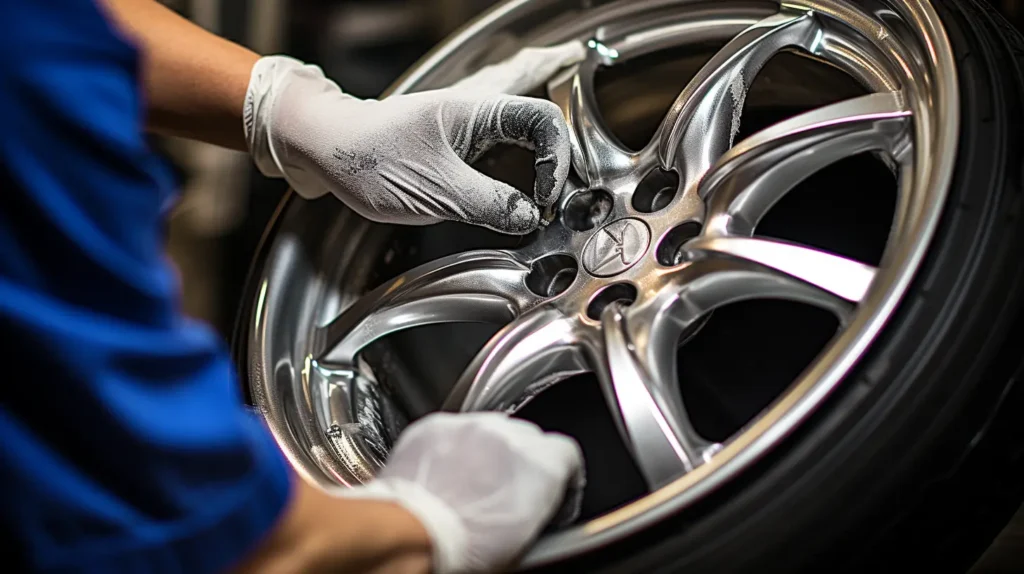
1. Hand Polishing
It offers excellent control over smaller areas, making it ideal for intricate details on aluminum surfaces. However, this method can be quite time-consuming as each section needs individual attention.
Using a soft rag with a suitable compound bar, I gently rub the aluminum surface in small circular motions.
Hand polishing is perfect for reaching into tight spots and corners that machines might struggle to access effectively.
It’s also an excellent choice when working on delicate or antique aluminum items that require careful handling and precision.
2. Machine Polishing
On the other hand, machine polishing covers larger areas more quickly than hand polishing.
However, using a machine requires proper technique to avoid causing damage to the aluminum surface.
When using a machine polisher, it’s crucial to adjust the speed and pressure according to the specific requirements of the item being polished.
Machine polishing is highly efficient for large flat surfaces such as automotive panels or household items like trays or pots.
With proper guidance and practice, people can master this method effectively without damaging their valuable possessions.
3. Combining Hand and Machine Techniques
Combining both hand and machine techniques can yield optimal results when polishing aluminum.
This approach allows individuals to benefit from the precision of handwork while also taking advantage of the efficiency provided by machines.
6. Homemade Solutions for Polishing Aluminum
1. Vinegar and Water Mixture
If you notice oxidation on your aluminum pieces, a simple acid wash of vinegar and water can work wonders.
This natural solution effectively removes oxidation from aluminum surfaces.
Mix equal parts of vinegar and water in a spray bottle, then apply it to the aluminum surface. Use a soft cloth to rub the mixture onto the metal in circular motions to clean aluminum oxidation.
The mild acidity of vinegar helps dissolve the oxidation, restoring the shine to your aluminum pieces.
I remember using this method to clean rust on an old aluminum pot that had lost its luster over time due to oxidation. After applying the vinegar and water mixture and some elbow grease, I was amazed at how much brighter and cleaner the pot looked.
2. Baking Soda Paste
Another effective homemade solution for polishing aluminum involves using baking soda paste as a gentle abrasive.
Create a paste by mixing baking soda with water until it forms a thick consistency.
Apply this paste to the dull or tarnished areas of your aluminum pieces, then use a soft cloth to gently rub it in small circular motions.
The mild abrasiveness of baking soda, along with aluminum oxidation, helps remove stains and restore shine without scratching or damaging the metal.
When my mom wanted to polish her favorite set of aluminum serving trays before hosting guests, we used this baking soda paste method with fantastic results!
The trays looked almost brand new after just a few minutes of gentle scrubbing.
3. Lemon Juice for Stain Removal
Lemon juice is another excellent natural remedy for polishing aluminum and removing stains from its surface.
Its acidic properties make it an effective degreasers in cutting through grime while also brightening up dull spots on metal surfaces like aluminum dishes or pots.
Simply squeeze fresh lemon juice onto a soft cloth or sponge, then gently rub it onto the stained areas of your aluminum items.
Afterward, rinse off any residue with clean water and dry thoroughly.
7. Achieving a Mirror Finish on Aluminum
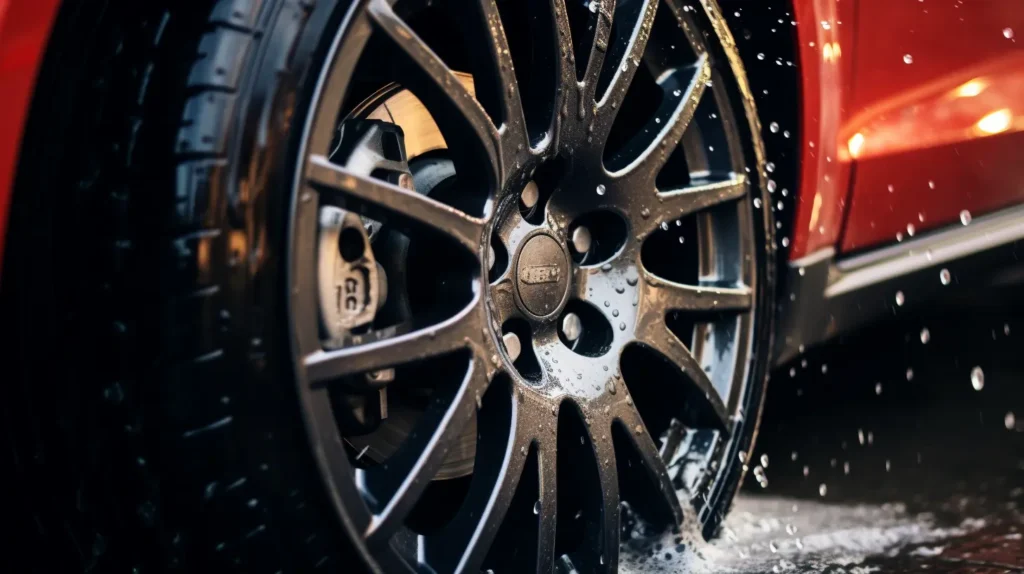
1. Choosing the Right Aluminum Polish
Using a high-quality aluminum polish is crucial. Look for a product specifically designed to create a mirror-like finish on aluminum surfaces.
These polishes are formulated to effectively remove imperfections and bring out the natural shine of the metal.
For example, if you have an aluminum tube or sheet metal that you want to polish, selecting the right polish can make all the difference in achieving the desired luster. By choosing a specialized aluminum polish, you ensure that your project will result in an impressive mirror-like finish.
2. Application Techniques for Polishing
To achieve a stunning mirror finish on your aluminum piece, apply the chosen polish using small circular motions.
A soft cloth or buffing pad should be used to work the product into the surface effectively. This technique allows for even coverage and helps eliminate any existing imperfections while enhancing the shine of the entire surface.
It’s important to note that applying too much pressure during polishing may lead to scratches or damage, so gentle yet thorough application is key.
Taking time with each step ensures that every inch of your aluminum surface receives equal attention, resulting in an impeccable mirror-like finish.
8. Safety Measures for Polishing Aluminum
1. Protective Gear
When polishing aluminum, it’s crucial to prioritize safety. Start by wearing protective gloves and goggles to shield your skin and eyes from potential irritation and injuries.
These items act as a barrier, safeguarding you from any harmful chemicals or particles that may be present in the polishing process.
It is essential to consider using a well-ventilated area when working with aluminum polish.
If this isn’t possible, wearing a respirator can help prevent inhaling any harmful fumes that might arise during the polishing process.
This precaution is vital for maintaining good respiratory health while achieving a mirror finish on aluminum.
2. Applying Proper Pressure
Another key safety measure when polishing aluminum is avoiding excessive force or pressure during the process.
Applying too much force can lead to accidents or damage, compromising both the quality of your work and your personal safety.
By maintaining controlled pressure, you can achieve optimal results without risking injury or mishaps.
In addition to these measures, I always make sure to read and follow the instructions provided with the specific aluminum polish I am using.
It’s important not only for my own safety but also for ensuring that I’m using the product correctly for best results.
9. Summary
After exploring various aluminum polishing methods, it’s clear that achieving a mirror finish requires the right techniques and materials.
From understanding the importance of proper cleaning to choosing the right abrasive and mastering sanding techniques, every step plays a crucial role.
Whether opting for hand or machine polishing, safety measures are non-negotiable. With the knowledge gained, I’m ready to tackle my aluminum polishing project with confidence and finesse.
So, grab your supplies and join me in transforming dull aluminum surfaces into stunning mirror-like finishes.
Let’s put our newfound expertise to the test and elevate the shine of our aluminum pieces. With the right approach and a bit of elbow grease, we’ll soon be marveling at the dazzling results of our aluminum polishing endeavors.
10. Frequently Asked Questions
1. How do I choose the right abrasive for aluminum sanding?
When choosing an abrasive for aluminum sanding, consider using fine grit sandpaper or polishing compounds specifically designed for aluminum. These options are gentle enough to avoid scratching the surface while effectively removing imperfections.
2. What are the best practices for cleaning and preparing aluminum before polishing?
Before polishing, ensure that the aluminum surface is free from dirt, grease, and other contaminants by using a mild detergent or solvent. It’s essential to remove any existing coatings or oxidation with a suitable cleaner or stripping agent.
3. Can I achieve a mirror finish on aluminum without professional equipment?
Yes, achieving a mirror finish on aluminum is possible without professional equipment. With patience and attention to detail, hand polishing techniques combined with quality polish can yield impressive results comparable to those achieved with machinery.
4. Are there safety measures I should follow when polishing aluminum?
Absolutely! When working with polishes and abrasives for aluminum, always wear protective gear such as gloves and goggles. It’s also crucial to work in a well-ventilated area to minimize exposure to potentially harmful fumes and particles.
5. Is there an effective homemade solution for polishing aluminum?
Certainly! You can create an effective homemade polish by mixing white vinegar or lemon juice with baking soda into a paste-like consistency. This natural solution works well in removing tarnish from small areas of aluminium surfaces.

